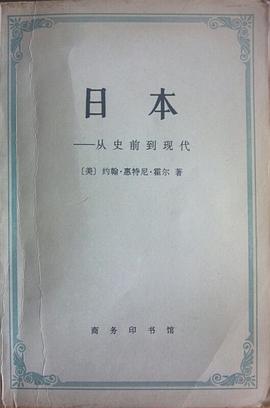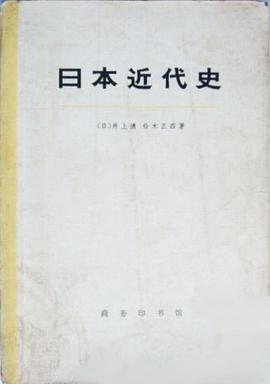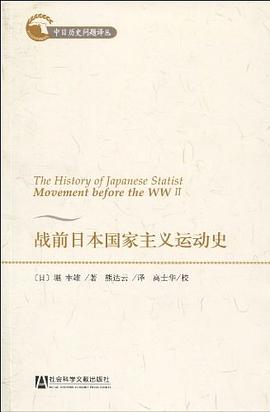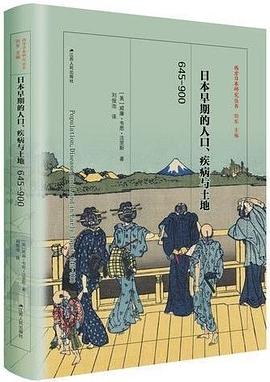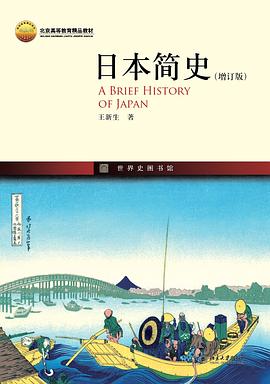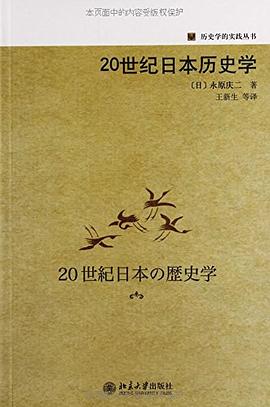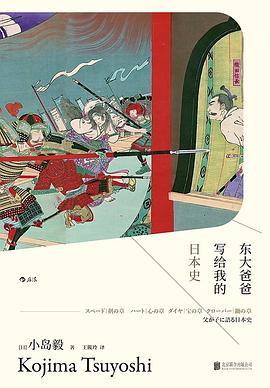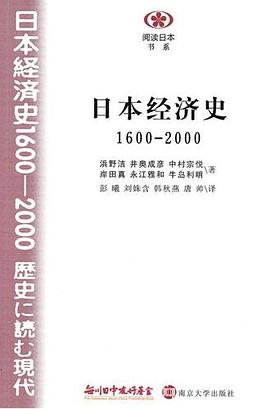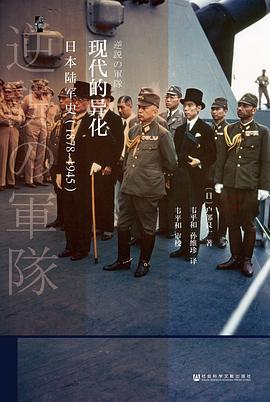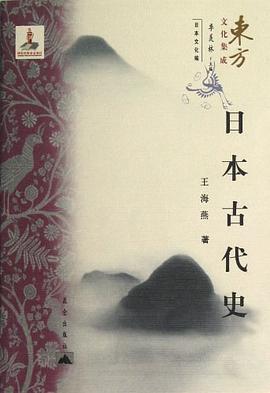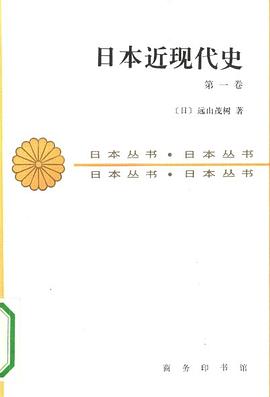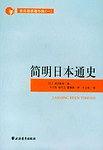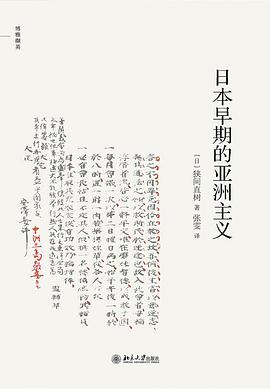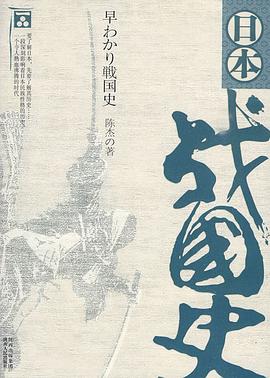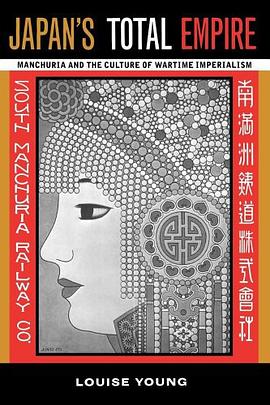
In this first social and cultural history of Japan's construction of Manchuria, Louise Young offers an incisive examination of the nature of Japanese imperialism. Focusing on the domestic impact of Japan's activities in Northeast China between 1931 and 1945, Young considers "metropolitan effects" of empire building: how people at home imagined and experienced the empire they called Manchukuo. Contrary to the conventional assumption that a few army officers and bureaucrats were responsible for Japan's overseas expansion, Young finds that a variety of organizations helped to mobilize popular support for Manchukuo--the mass media, the academy, chambers of commerce, women's organizations, youth groups, and agricultural cooperatives--leading to broad-based support among diverse groups of Japanese. As the empire was being built in China, Young shows, an imagined Manchukuo was emerging at home, constructed of visions of a defensive lifeline, a developing economy, and a settler's paradise.
具體描述
讀後感
評分
評分
評分
評分
用戶評價
我很喜歡每一句都在我的點上
评分算是這種大部頭裏比較有趣的瞭
评分中央 B2研究書庫 F210.7 00021 返卻期限 10-07-09 高田記念図書館 F210.7 0009 利用可能 國際教養/Dブロック(一般図書) 210.7 Y 利用可能 國際教養/Dブロック(一般図書) 210.7 Y 返卻期限 10-06-18
评分1998年費正清奬。作為本書的核心部分:日殖在滿洲國與在颱灣和朝鮮行為的對比隻在農業等部分稍有體現。從而並沒有很好論證所謂“完全帝國”的特殊性。但是對於帝國統一體下各利益集團的分裂所作的分析為帝國研究帶來新的視角。更讓人意識到瞭德納粹與日軍國所有的不同的邏輯。
评分讀瞭一半, Empire building comprehensively influenced the metropolis; Manchukuo is a product of Japan's modernization.
相關圖書
本站所有內容均為互聯網搜索引擎提供的公開搜索信息,本站不存儲任何數據與內容,任何內容與數據均與本站無關,如有需要請聯繫相關搜索引擎包括但不限於百度,google,bing,sogou 等
© 2025 qciss.net All Rights Reserved. 小哈圖書下載中心 版权所有


